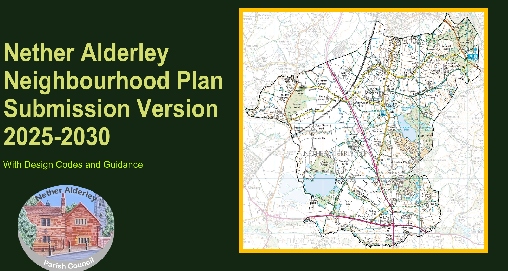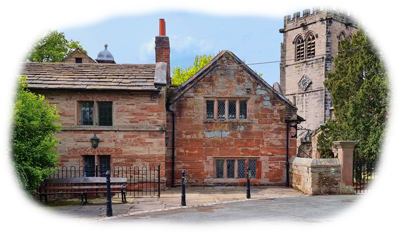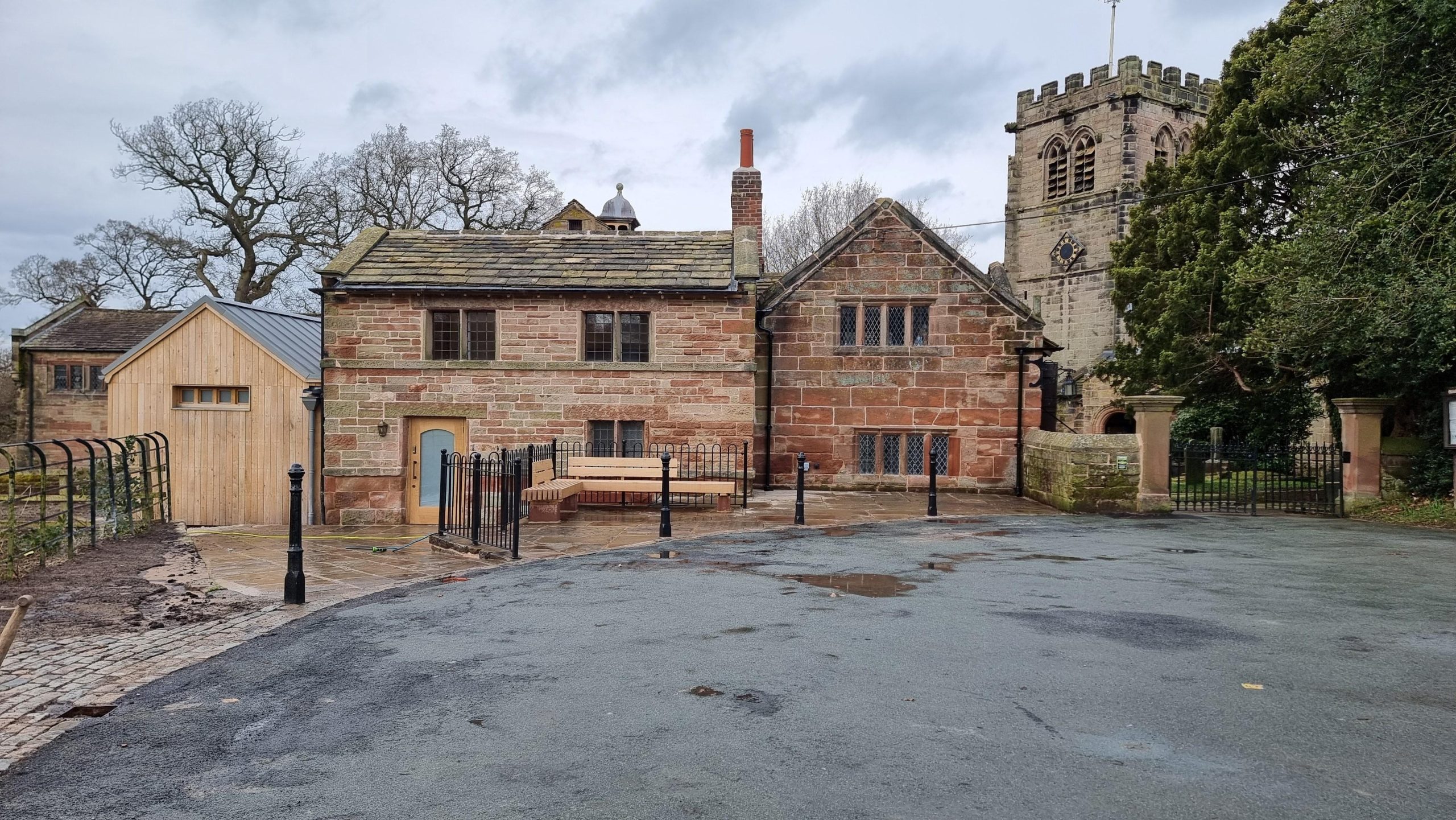In 2017 the Government published a policy on the future of UK airspace. This made it clear that modernisation is essential and also led to the industry’s regulator, the Civil Aviation Authority (CAA), developing the Airspace Modernisation Strategy (CAP1711). The strategy reflects the fact UK airspace is among the busiest in the world, having been designed for a different era. One of the foundations of this strategy is the need to respond to changes in technology and the improved navigational capabilities of current aircraft.
As part of this, the Government requires Manchester Airport to lead a process of changing the airspace around the airport, which relates to flight paths used by aircraft arriving at or departing from Manchester Airport and flying at heights of up to 7,000ft. The UK en-route air traffic control provider (NATS) is responsible for reviewing flight paths above 7,000ft.
There is a clear process for the airport, as change sponsors, to follow, which is set out by the CAA called CAP1616, and this will take more than two years.
I am writing to you today as Manchester Airport embarks on the first phase of this process. The first phase within CAP1616 (step 1B) is called “Define” and requires Manchester Airport to agree the broad principles to adopt when designing new flight paths. This is not a formal consultation, but a requirement to develop a good understanding of the “principles” that matter most to the people and organisations affected by the airport’s operations.
Manchester Airport has a long history of talking to and working with the communities around the airport, and the approach to this project will be no different.
During step 1B, Manchester Airport will be holding a series of focus groups, organised by independent research organisation YouGov. They will involve a wide range of stakeholders from surrounding communities to ensure that there is a representative view on what matters to people ahead of designing the options for future flight paths.
Focus group attendees will be asked a series of questions to help gather their views on the “principles” that should be considered. There are 11 questions looking at a range of topics, such as whether it’s better to concentrate flight paths over one area or spread them out more widely, and balancing noise and emissions.
It is also important that anyone who is interested or has a view can join the conversation, and therefore there is a document outlining the approach and asking people questions about what should be considered at step 1B. This is on our dedicated website at www.manchesterairport.co.uk/futureairspace, which has a link to the online form where people can answer the questions (www.manchesterairport.co.uk/designquestions). The document also includes further background and a series of FAQs, which you may find useful if you have further questions, or if you are asked about the process. The questionnaire is open until 6th October 2019.
It is important to note that at the moment there are no specific proposals for how airspace around Manchester could change. It is therefore imperative that those affected by the airport’s operations submit their views on the “principles” to consider when modernising the routes. This will result in a set of “Design Principles” that will be taken forward into developing a set of options during 2020 ahead of a full consultation.
Yours sincerely,
Andrew Cowan
CEO, Manchester Airport




